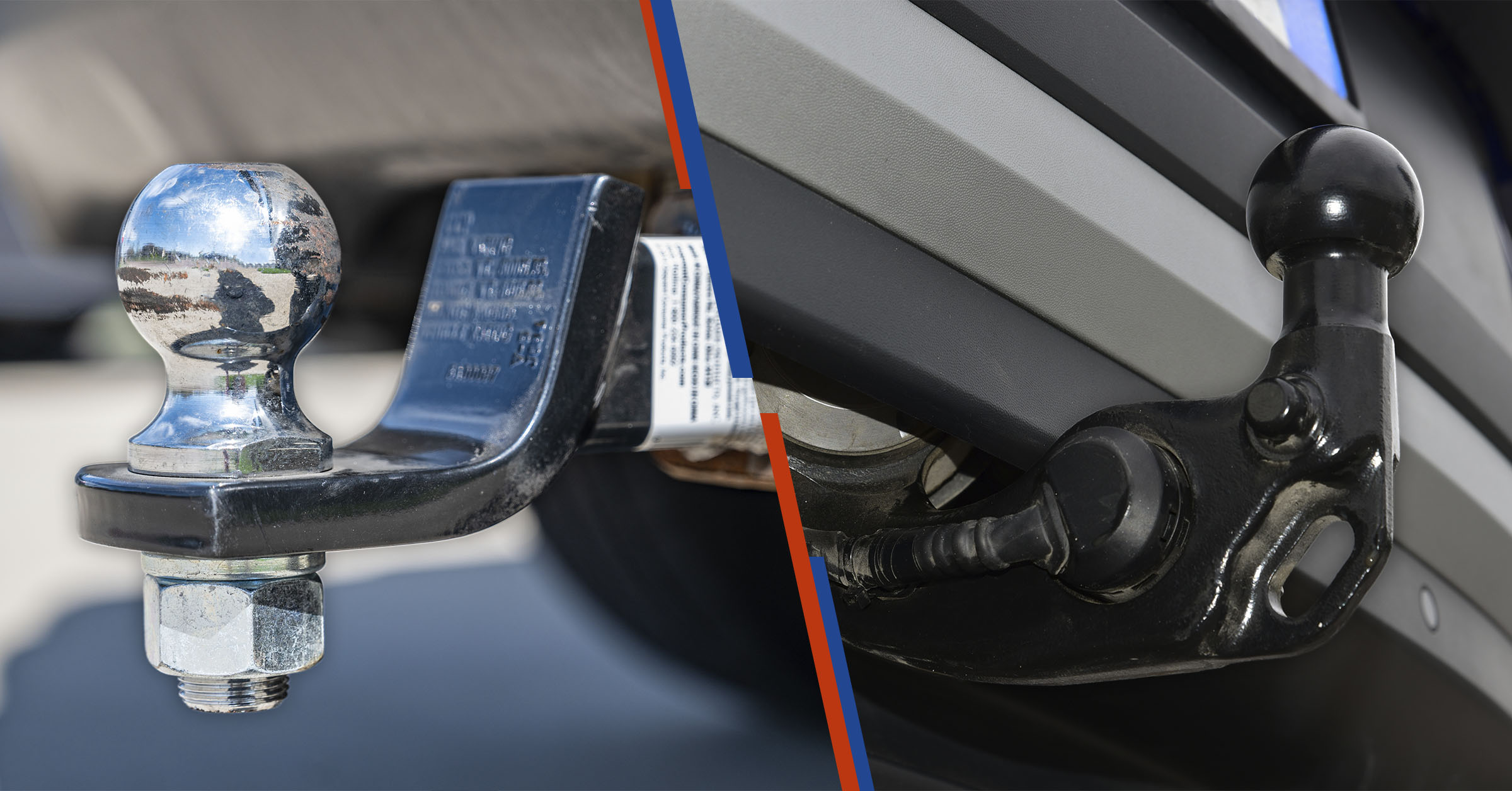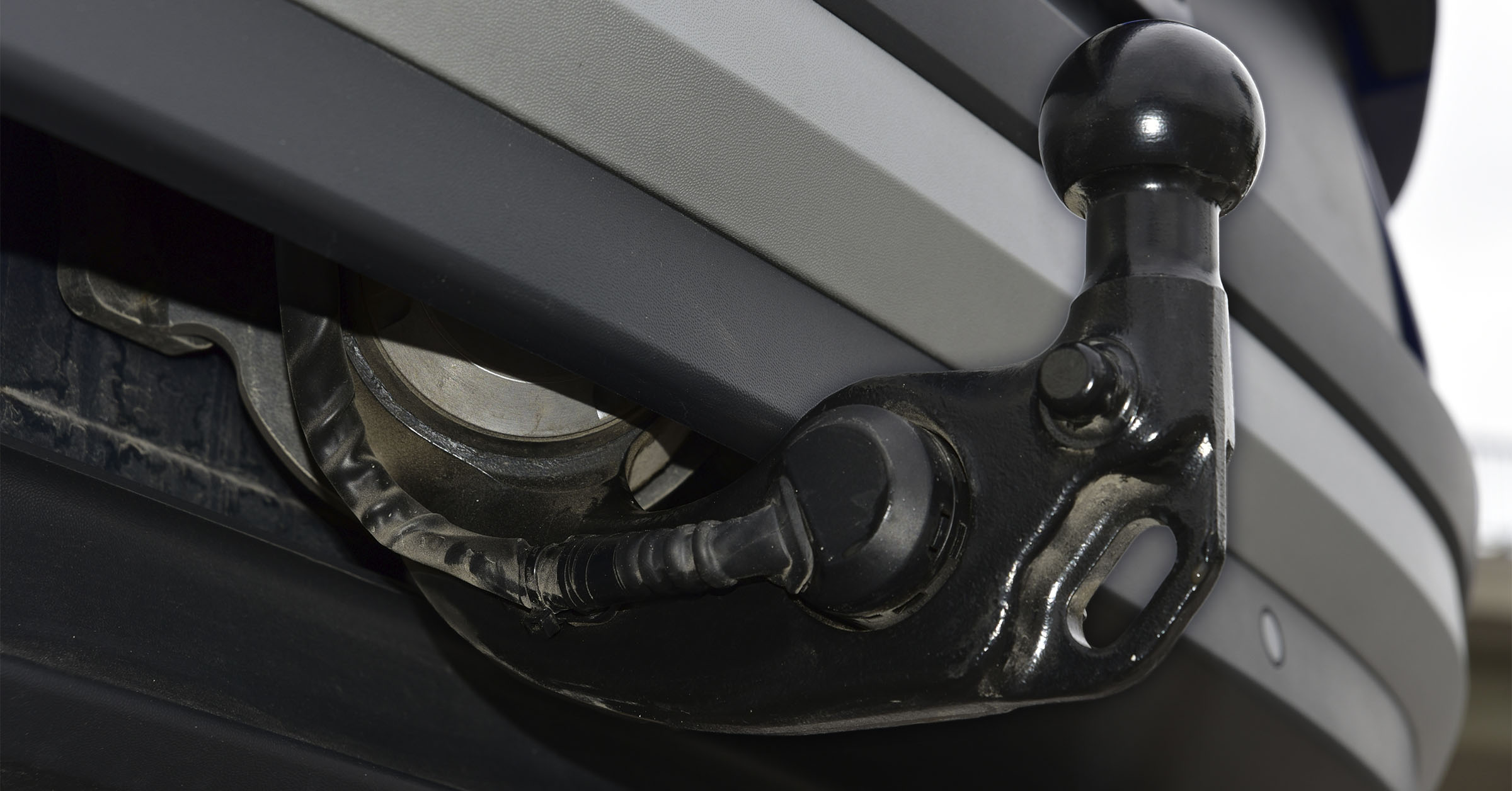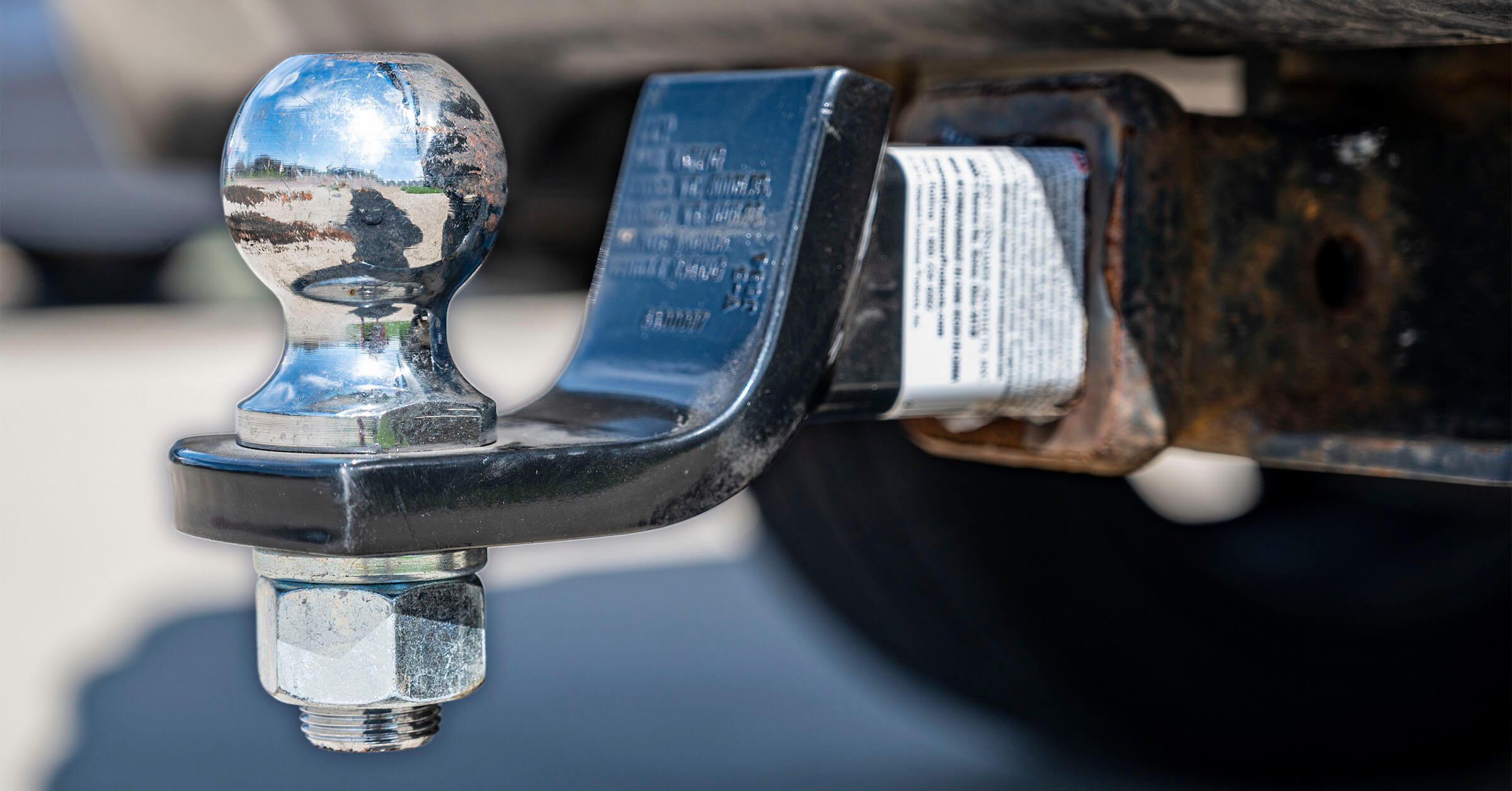
Types of Trailer Hitches
Trailer hitches in the USA and the EU differ in terms of both their size and their load-carrying capacity. In general, trailer hitches in the USA are made for heavier-duty use and come in various classes catering to varying weight capacities from light to larger loads. Across the Atlantic, the European towing scene charts a different course. In Europe, under Regulation 55 and previously Directive 94/20/EC, the focus is on standardized hitches for more compact and versatile use. The choice of hitch will depend on the specific needs of the user, such as the size of the towed trailer and the towing capacity of the vehicle. Let's take a closer look at the different types of trailer hitches available in the USA and EU.

EU
The most common trailer hitch in the EU is the ball mount hitch (the standard 50mm ISO towball). These hitches are more compact than receiver hitches (common in the USA) and are tailored for smaller trailers, handling towing capacities ranging from 3000 to 3500 kg. In most EU designs, the towball and the mounting structure that attaches to the vehicle's chassis are a single, integrated unit (towbar). This is different than the US designs, where the trailer hitch system often includes a ball mount as part of a larger assembly. This assembly involves a receiver into which various ball mounts can be inserted.
Standard ball-mount hitches in the EU come in different forms, including swan neck and flange towbars, which can detachable or fixed. The swan neck hitch is a versatile hitch that fits a variety of trailers, including caravans, utility trailers, and bike racks. It's easy to install and use and provides a secure connection between the tow vehicle and the trailer. The detachable ball hitch is a convenient option for drivers who need a hitch that they can easily remove when not in use.
Moreover, the compatibility of the towballs with AL-KO stabilizing systems is an important consideration in the EU, especially for caravans and trailers used for long journeys. While AL-KO stabilizers are not hitches themselves, they are vital for enhancing towing safety. These stabilizers attach to the trailer or caravan and are designed to stabilize towing and reduce snaking. They also require a towball that is AL-KO compatible, like Z16 Witter AL-KO Compatible Towball.

USA
In the United States, the trailer hitch scene is dominated by receiver and fixed-tongue hitches. Receiver hitches come in a variety of classes, from Class I to Class IV, with each class having a different maximum towing capacity. Class I hitches work for towing smaller loads, like utility trailers or bike racks, while Class IV hitches are designed to handle larger trailers, making them a more robust choice for heavier towing requirements. Receiver hitches also have a rear-facing opening that accommodates a variety of hitch-mounted accessories, from bike racks to cargo racks.
On the other hand, the fixed-tongue hitch presents a more integrated solution. Built as a single unit with an embedded hole for the trailer ball mount, it offers a robust, albeit less versatile, towing option. It's not uncommon to see these hitches on vehicles where towing is more of a routine than an occasional endeavor. Moreover, the American preference for larger recreational trailers has also given rise to the popularity of fifth wheel and gooseneck hitches with increased towing capacity.
The weight distributing hitches are also common in the USA, though not legal in Europe. They are designed to distribute the weight of a trailer evenly across the tow vehicle's axles. This can improve the stability and control of the tow vehicle.
Hitch classes and receiver tube sizes in the USA
- Classes I to IV: Defined by the Society of Automotive Engineers, catering to varying weight capacities.
- Receiver Tube Sizes: Ranging from 1+1⁄4 inches to 2+1⁄2 inches for heavy-duty applications.
- Ball Sizes: Sizes from 1+7⁄8 inches to 3 inches, with the larger sizes used for towing beyond 10,000 pounds.
Can you use US-style hitches in the EU and vice versa?
No, you generally cannot use US-style hitches in the EU and vice versa due to different regulations and towing practices. EU regulations don't support the use of larger, heavier US-style hitches, as they exceed the weight limits in the EU. While there are no specific regulations in the US against EU-style hitches, they are not ideal in the US due to their design being tailored for smaller vehicles and towing capacities, which are less common in the American context. Moreover, US-style hitches use a 4-pin connector for trailer lights and brakes, unlike EU-style hitches (7-pin).
Can you use weight distribution hitches in the EU?
Weight distribution hitches are more restricted in the EU and even banned in some countries because they're considered unsafe. Taking weight off the rear axle can cause the tow vehicle to become unstable.
Are there legal requirements for trailer hitches in the EU?
Yes. According to Regulation (EU) 167/2013, all towing devices must meet certain safety requirements before they can be placed on the market or put into service.
USA
- Trailer Hitch: In the USA, receiver-style hitches are the most common, which offer versatility for different towing needs. Weight distribution hitches are also common for heavier loads.
- Towing Capacity: Higher towing capacities due to larger vehicles and trailers.
- Electrical Connectors: The 4-pin is standard in the USA.
- Towing Vehicle: Larger vehicles like trucks and SUVs are often used for towing in the USA.
- Regulations: Less restrictive regulations, with higher allowable towing speeds and weights.
EU
- Trailer Hitch: The EU uses ball hitches (50mm), which are less versatile than receiver hitches.
- Towing Capacity: Lower towing capacities.
- Electrical Connectors: The 7-pin connector is standard.
- Towing Vehicle: Cars and smaller SUVs are often used for towing in the EU
- Regulations: Stricter towing regulations, including lower speed limits and weight restrictions.
- Design and Aesthetics: European hitches often emphasize a more aesthetic, less visible design.
- Trailer Design: European trailers often have a more balanced weight distribution.

